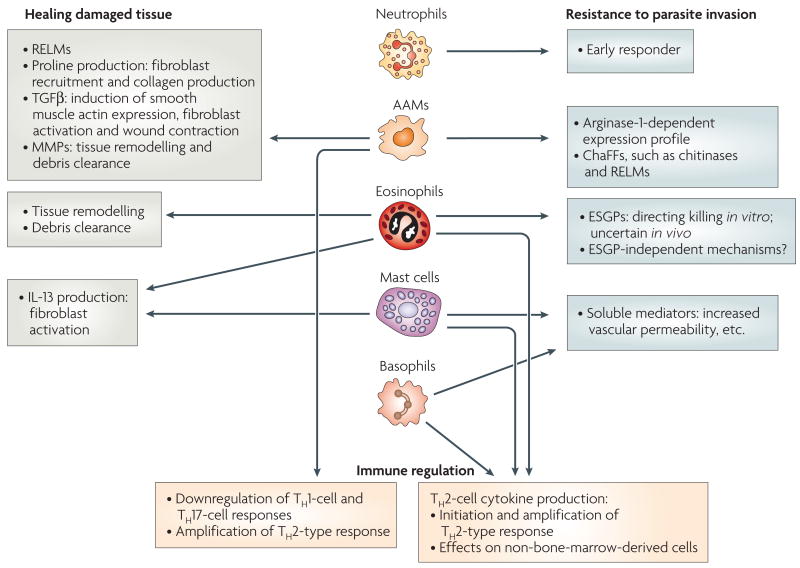Figure 2. Functions of innate effector cells during the TH2-type response.
In general, the effector functions of innate immune cells during protective T helper 2 (TH2)-type responses can include healing damaged tissue, mediating resistance to parasite invasion and regulating the immune response. Alternatively activated macrophages (AAMs) and eosinophils might contribute to the healing of tissue damage caused by invasive helminth parasites through the production of factors that initiate and promote the remodelling and restructuring of tissue. AAMs, eosinophils, basophils, mast cells and neutrophils can contribute to resistance to parasite invasion. AAMs and eosinophils can directly stress tissue-dwelling parasites. Basophils and mast cells produce soluble mediators (including leukotrienes, prostaglandins and histamine) that promote luminal fluid flow, nerve stimulation and gut contractility. Neutrophils are early responders to invasive helminths, and are localized adjacent to the parasites. AAMs can regulate the immune response by downregulating TH1 and TH17 cells and promoting TH2 cells. Eosinophils, basophils and mast cells can produce TH2-type cytokines including interleukin-4 (IL-4) and IL-13, and thereby amplify the TH2-type response. ChaFFs, chitinase and FIZZ family members; ESGPs, eosinophil secondary granule proteins; MMPs, matrix metalloproteases; RELMs, resistin-like molecules, TGFβ, transforming growth factor-β.

